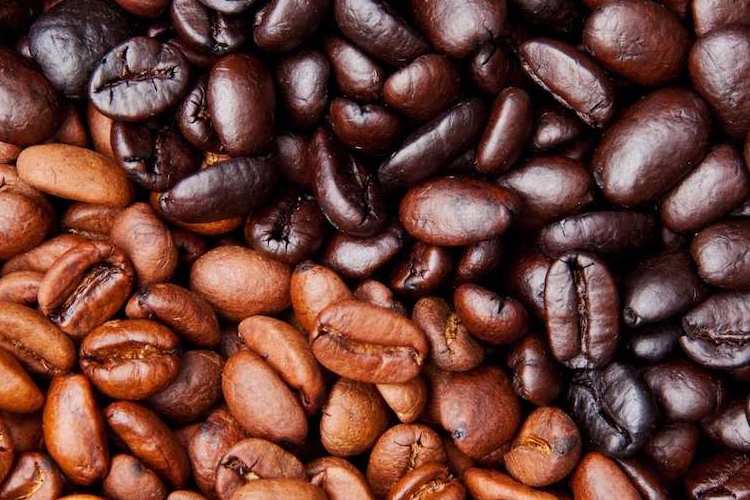We try to keep it simple and delicious and although our House Blend appeals pretty much to everyone, we have different options to choose from.
At the time of writing we have three regular blends available at all times – House Blend, Organic and Face Kicker – plus one seasonal blend that does vary from time to time – Chocolate Cuddles, Frank’s Blend and so on.
All our blends suit all extraction methods so you can safely try any of our blends with your favourite brewing method, or mix it up a bit and try different blends with different brewing methods and see if you can discover a new favourite!
If you haven’t tried Sipping Duck Coffee before, we strongly recommend you start with our House Blend.
HOUSE BLEND
Excellent balance, smooth and silky, low bitterness, full body and a long lasting finish. There’s notes of cacao and black fruits. a little bit fruity and spicy. Makes a great long black but it’s ideal with milk. A ristretto will bring out the floral and fruit notes. Rich and well rounded, don’t go past it, it will always impress.
ORGANIC
High altitude, organically grown coffee. This blend changes throughout the year according to origins available, but it’s generally an excellent short black, with very distinctive notes and bright acidity. Sometimes it reminds us of fresh cut grass in aroma, with strong tropical fruits and cacao finish. Acidity is high when mixed with milk, definitely a fruity coffee. Smooth and bright at the same time. Opens your palate to a whole new experience.
FACE KICKER
For those who like the extra kick, the bitter aftertaste and the roast flavour, our dark roast has it all. We roast it to achieve that, but at the same time we keep the distinctive notes of the House Blend that makes it so unique. Syrupy body with a strong kick in the end.
Let us know your favourite blend and how you like to brew it.

